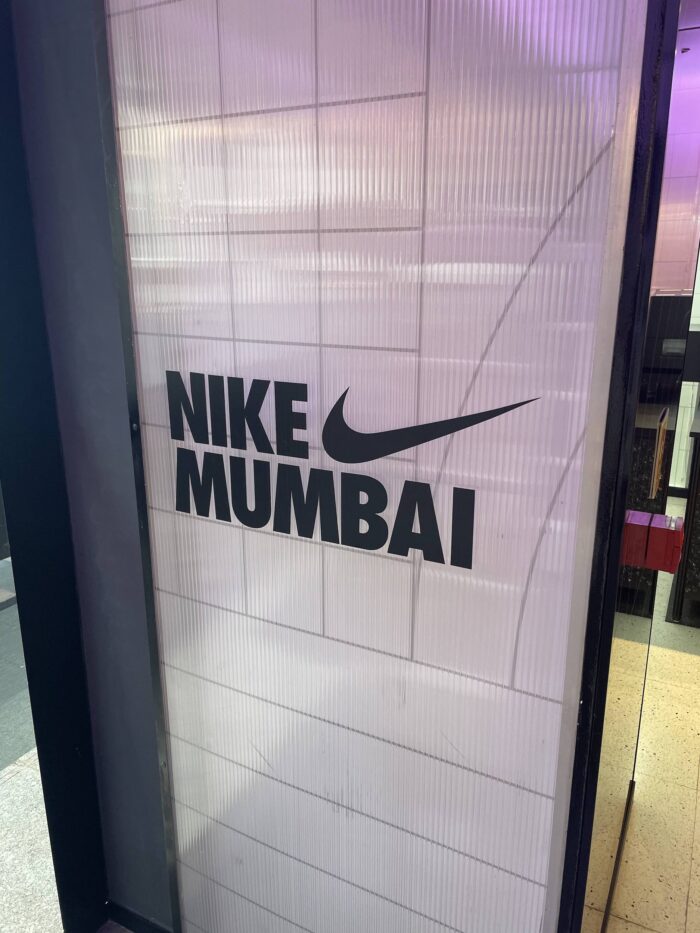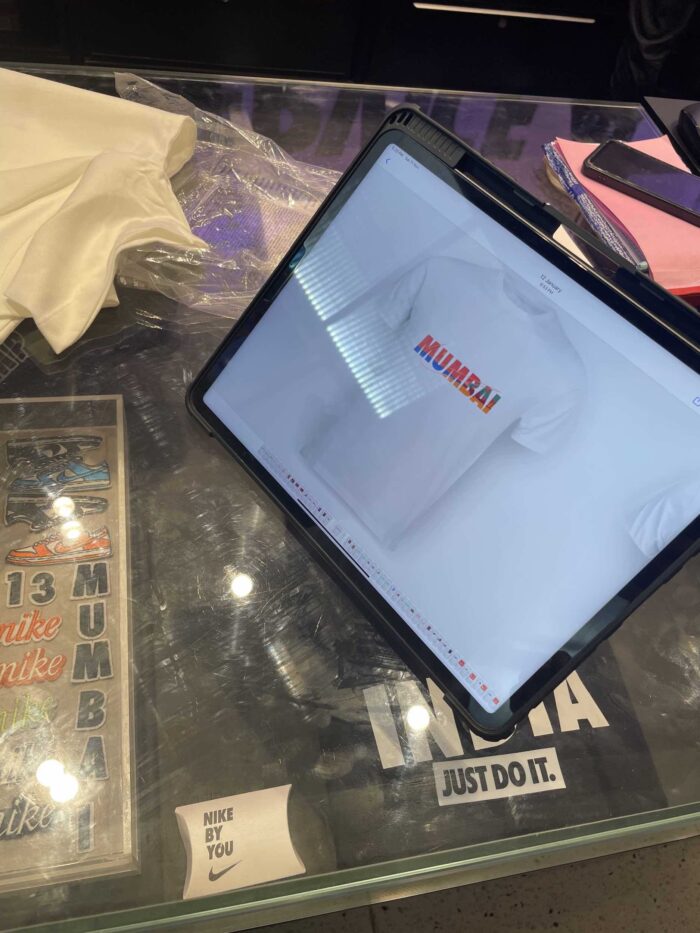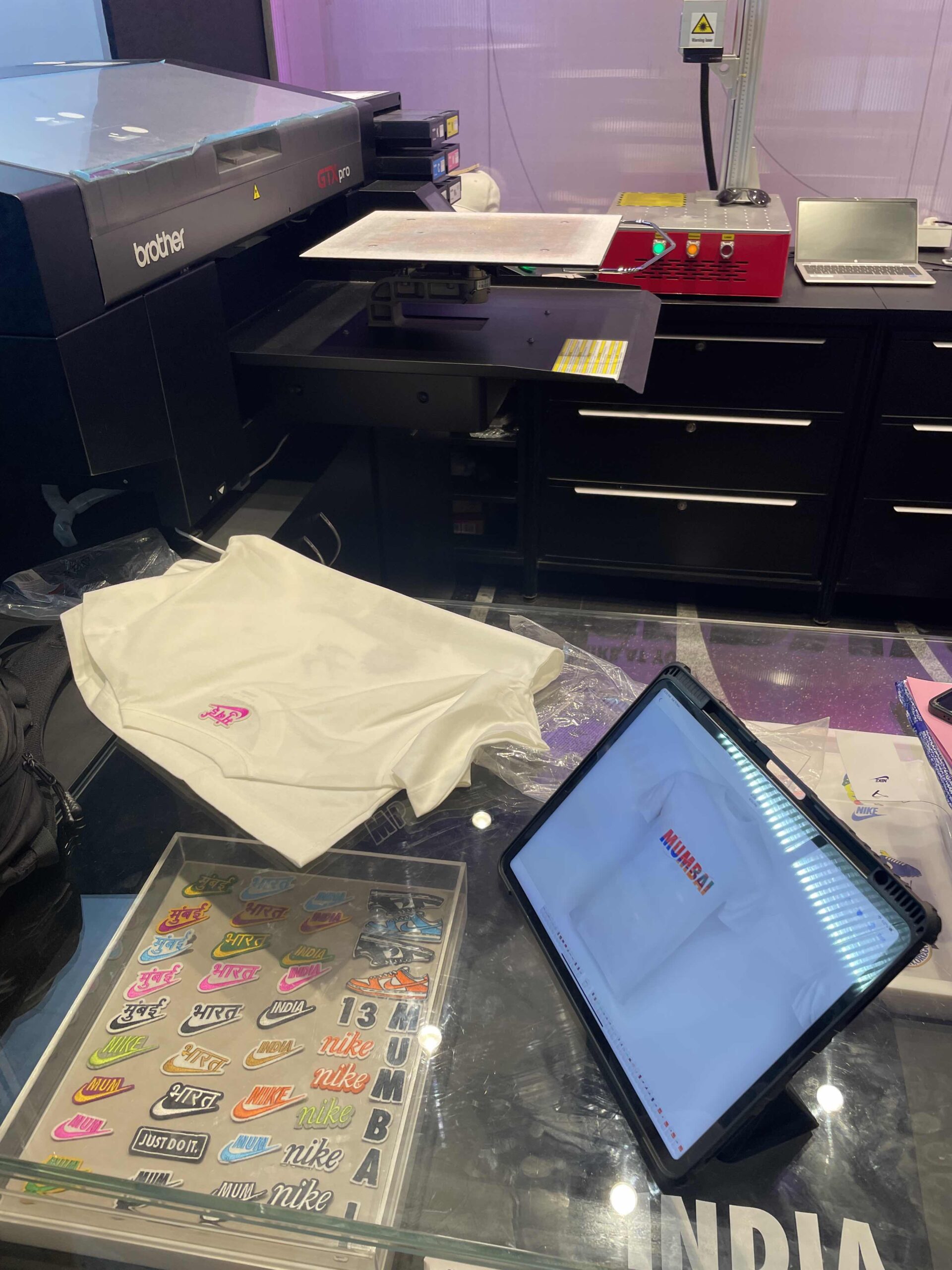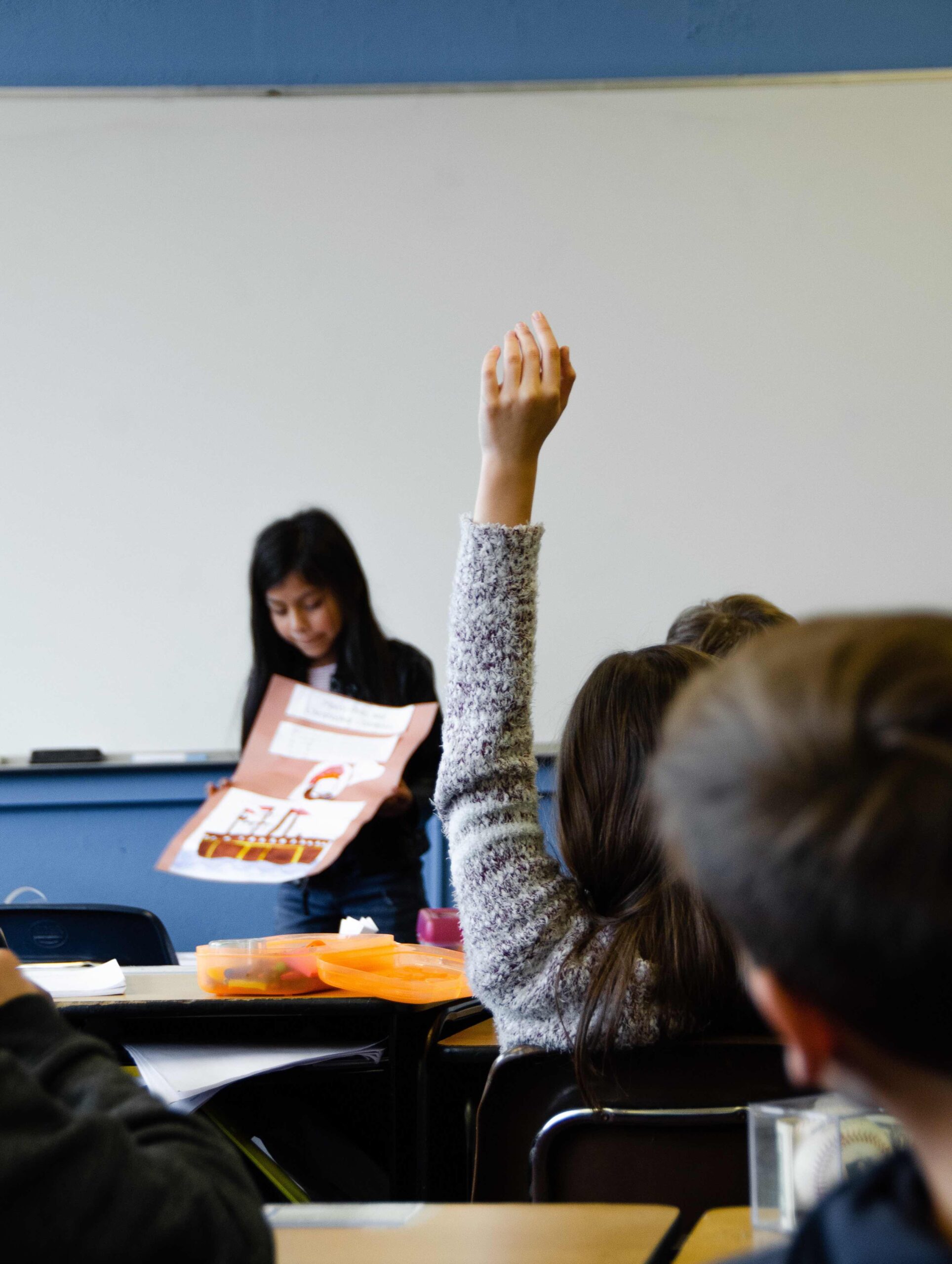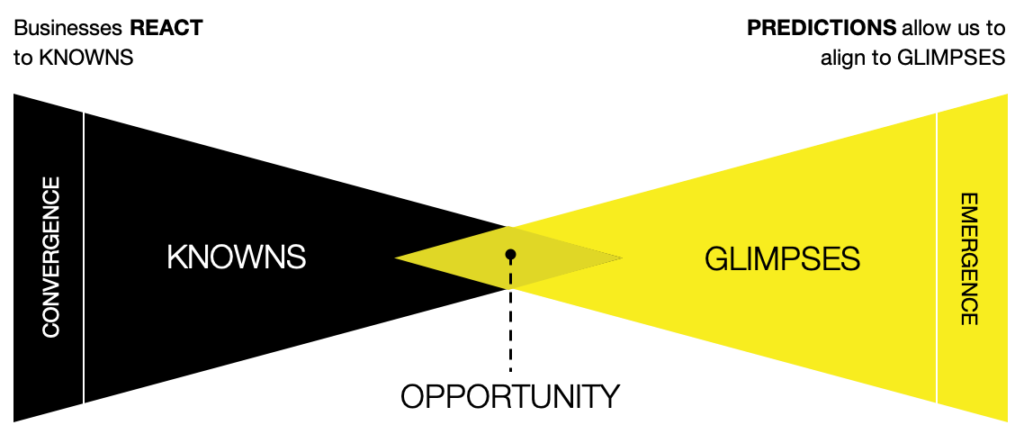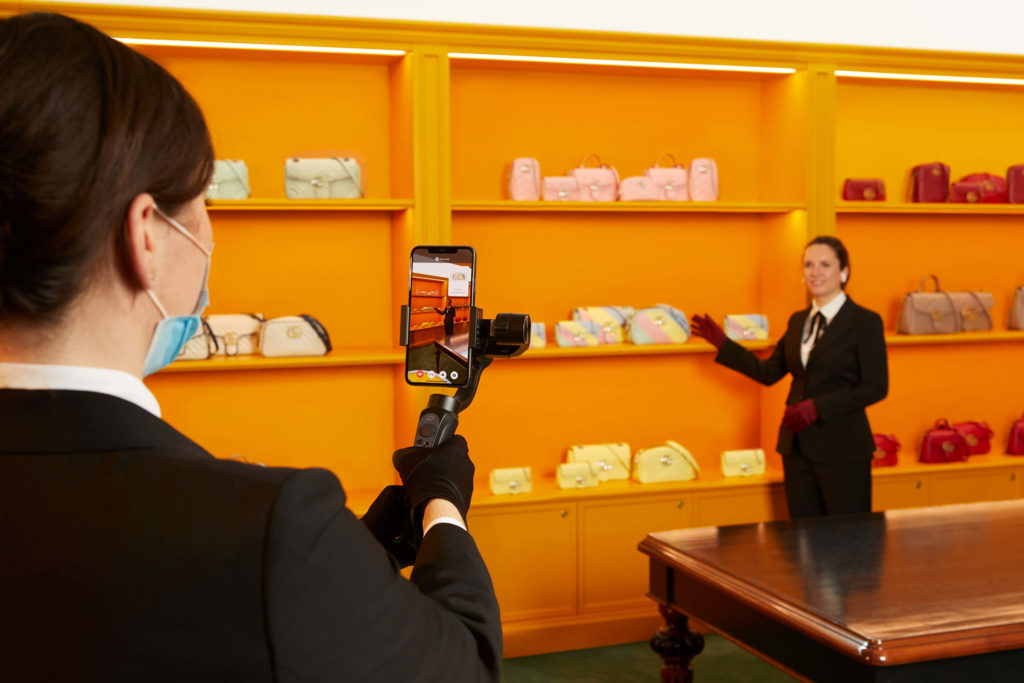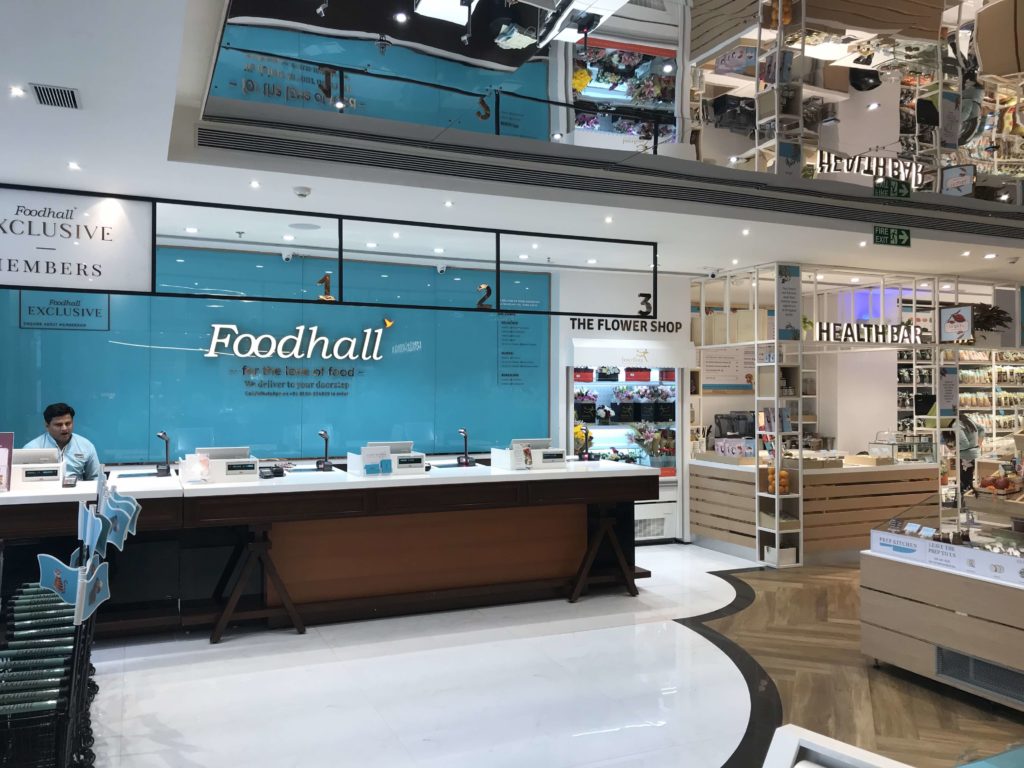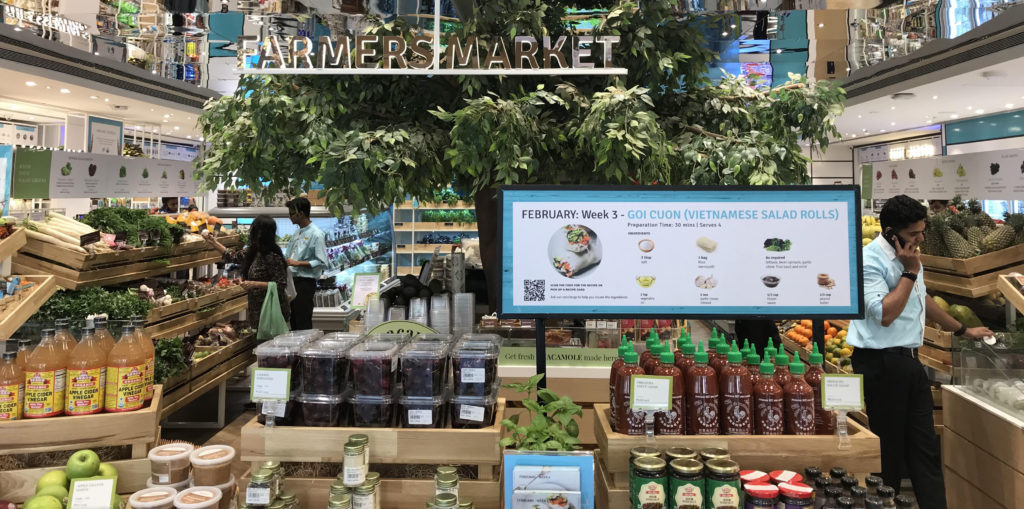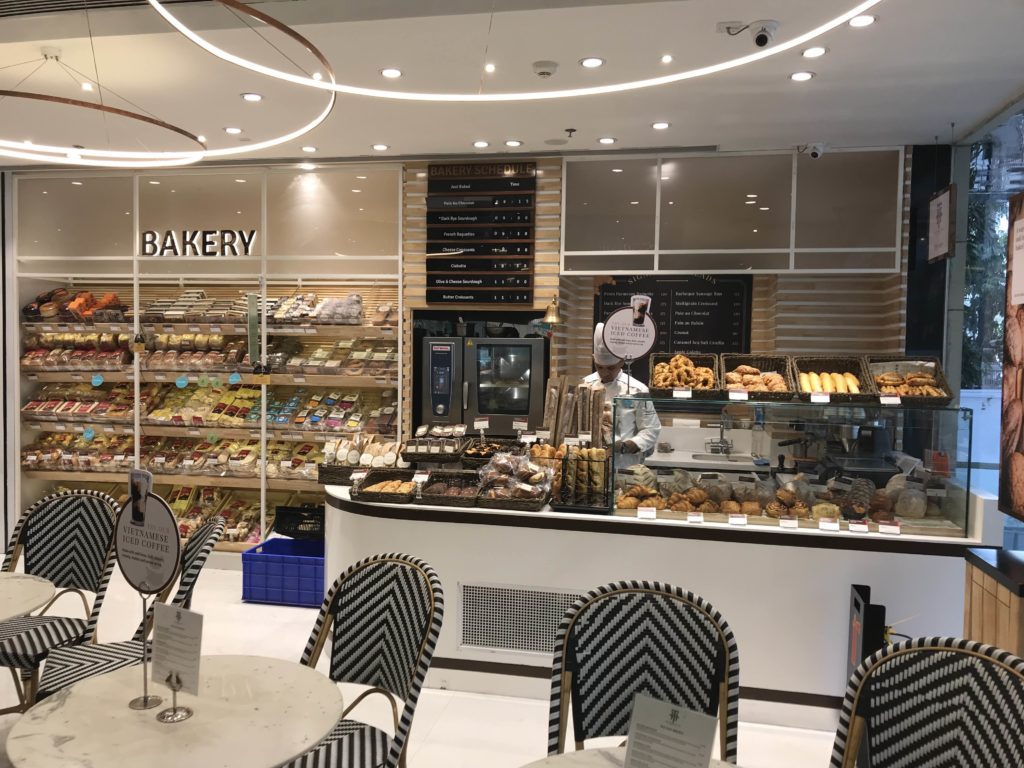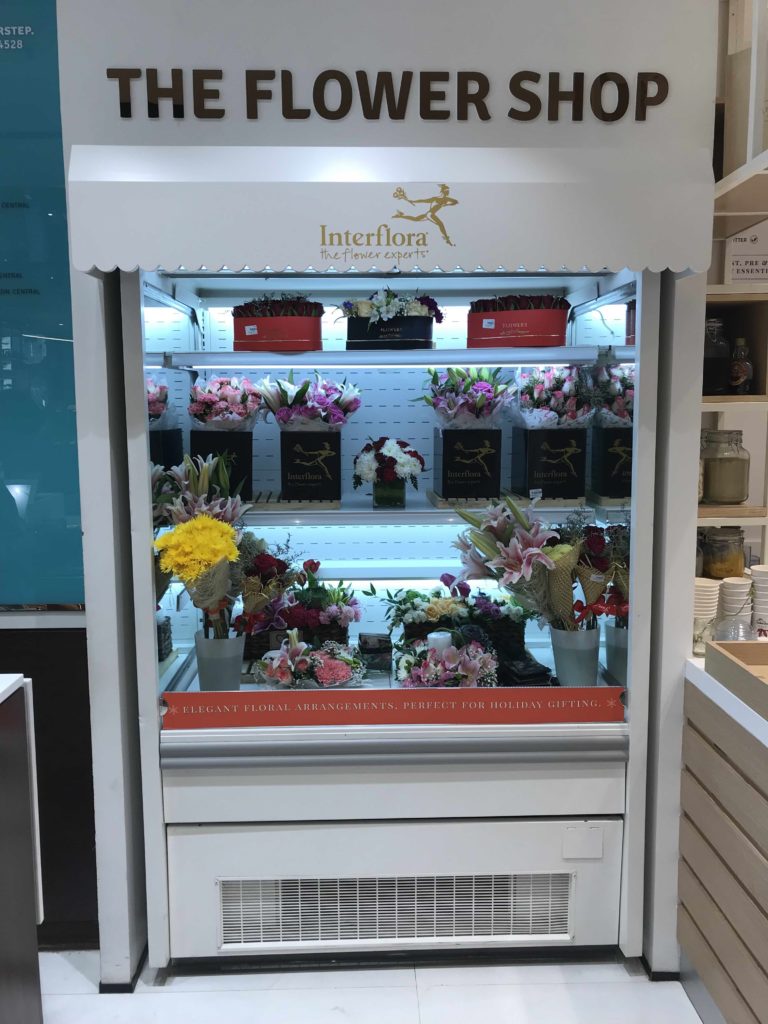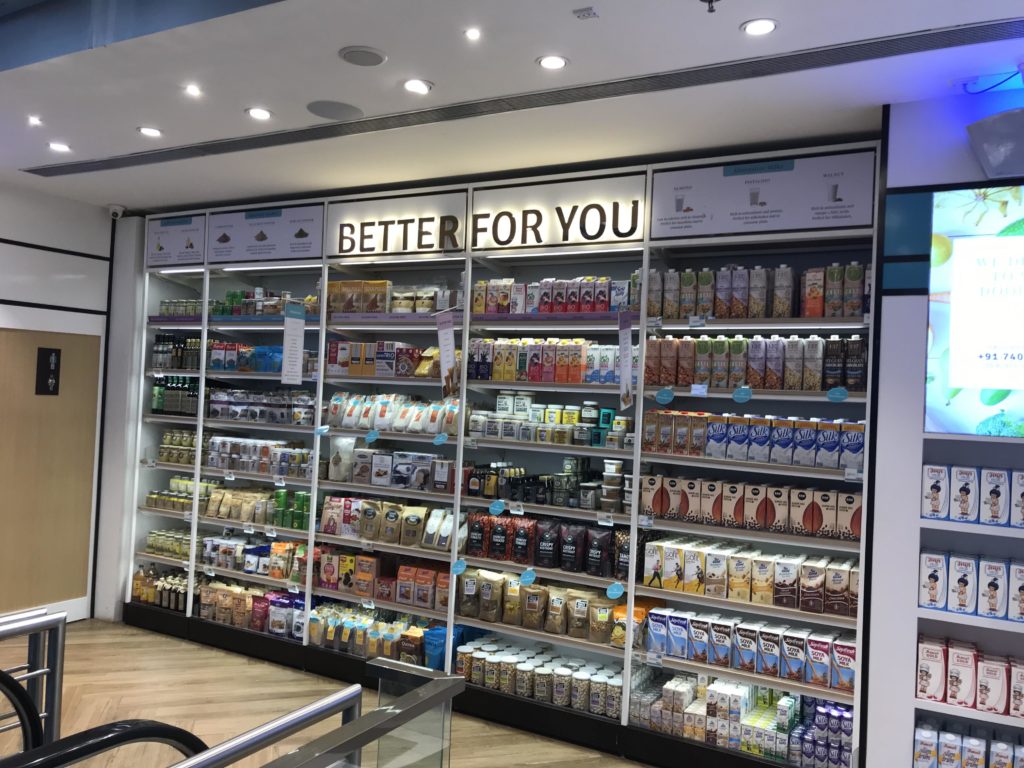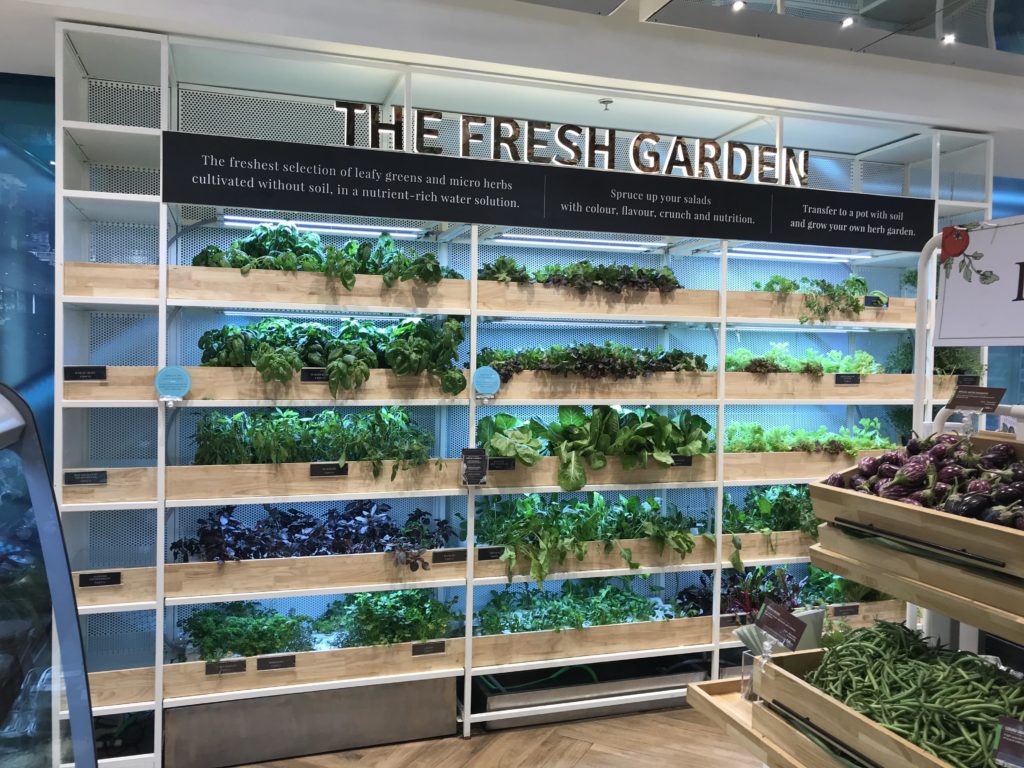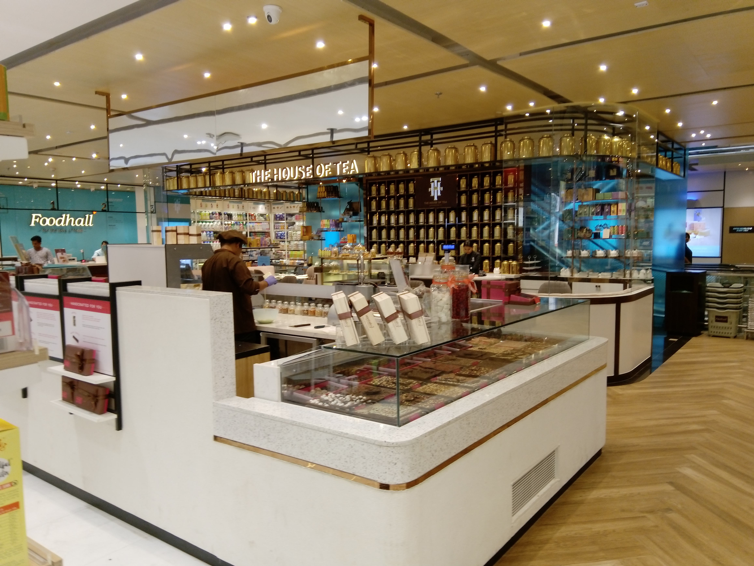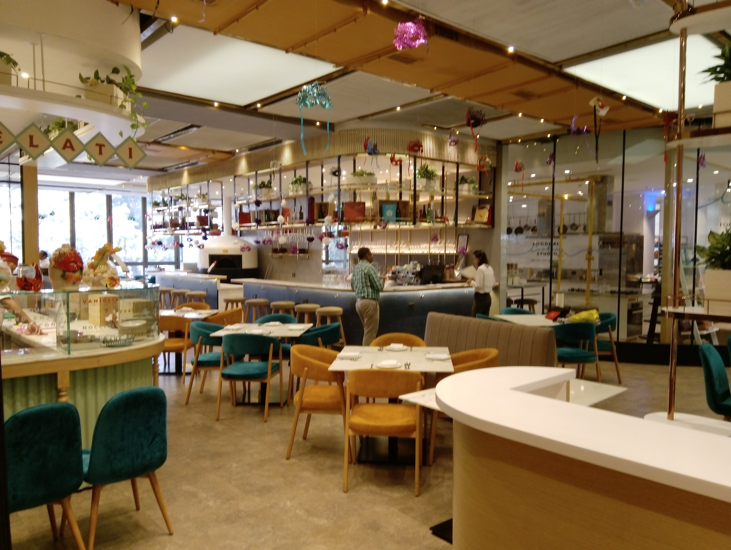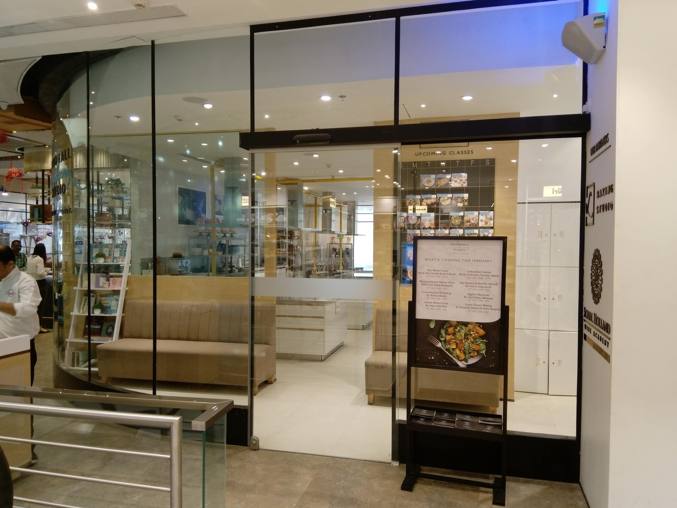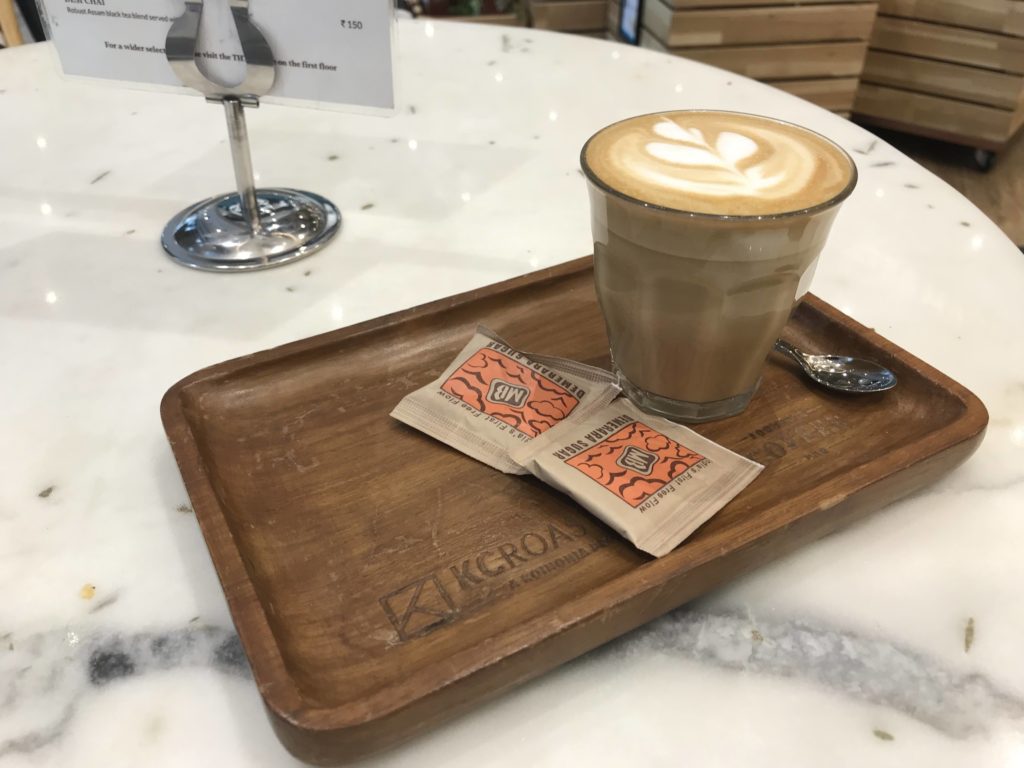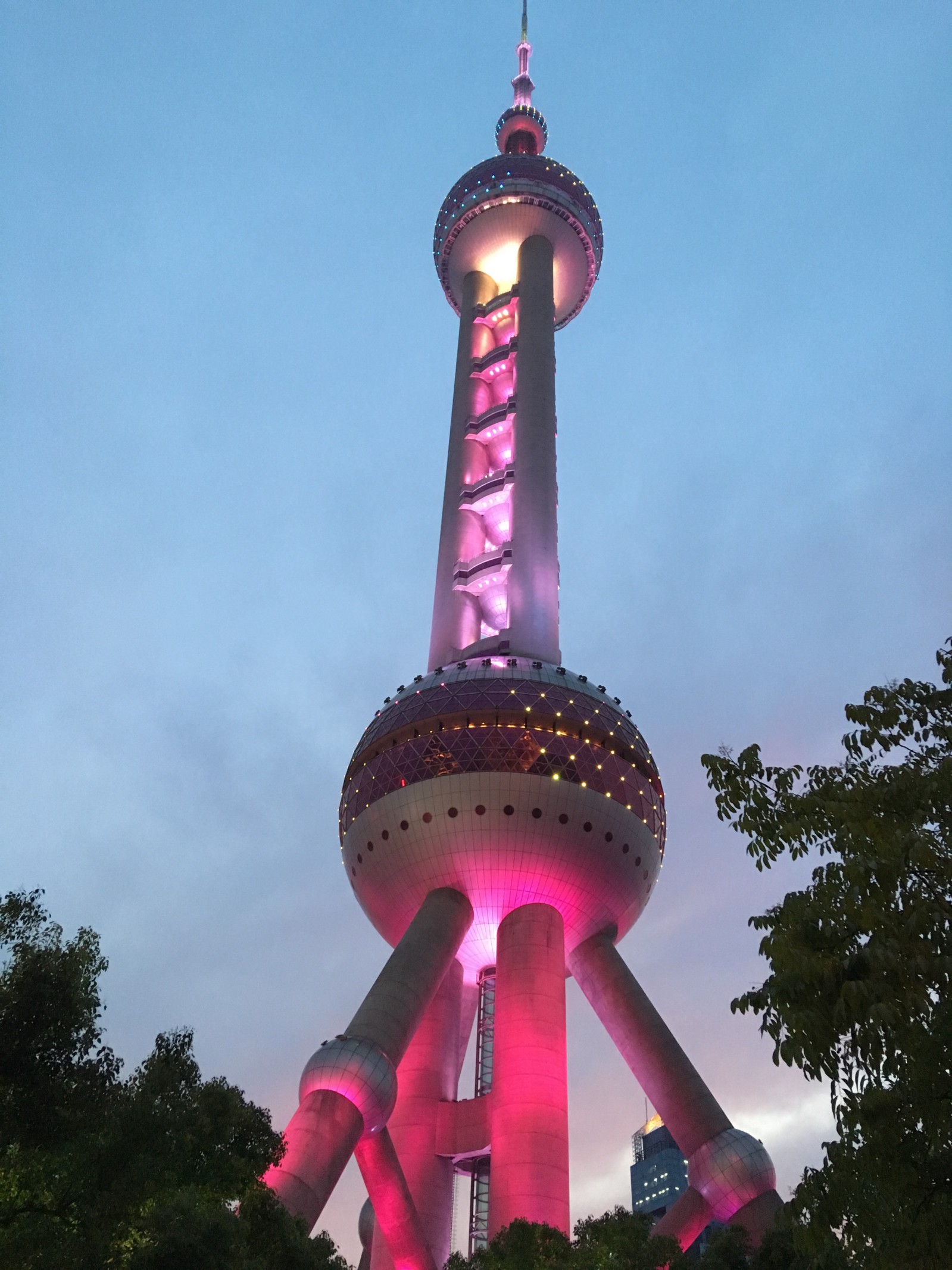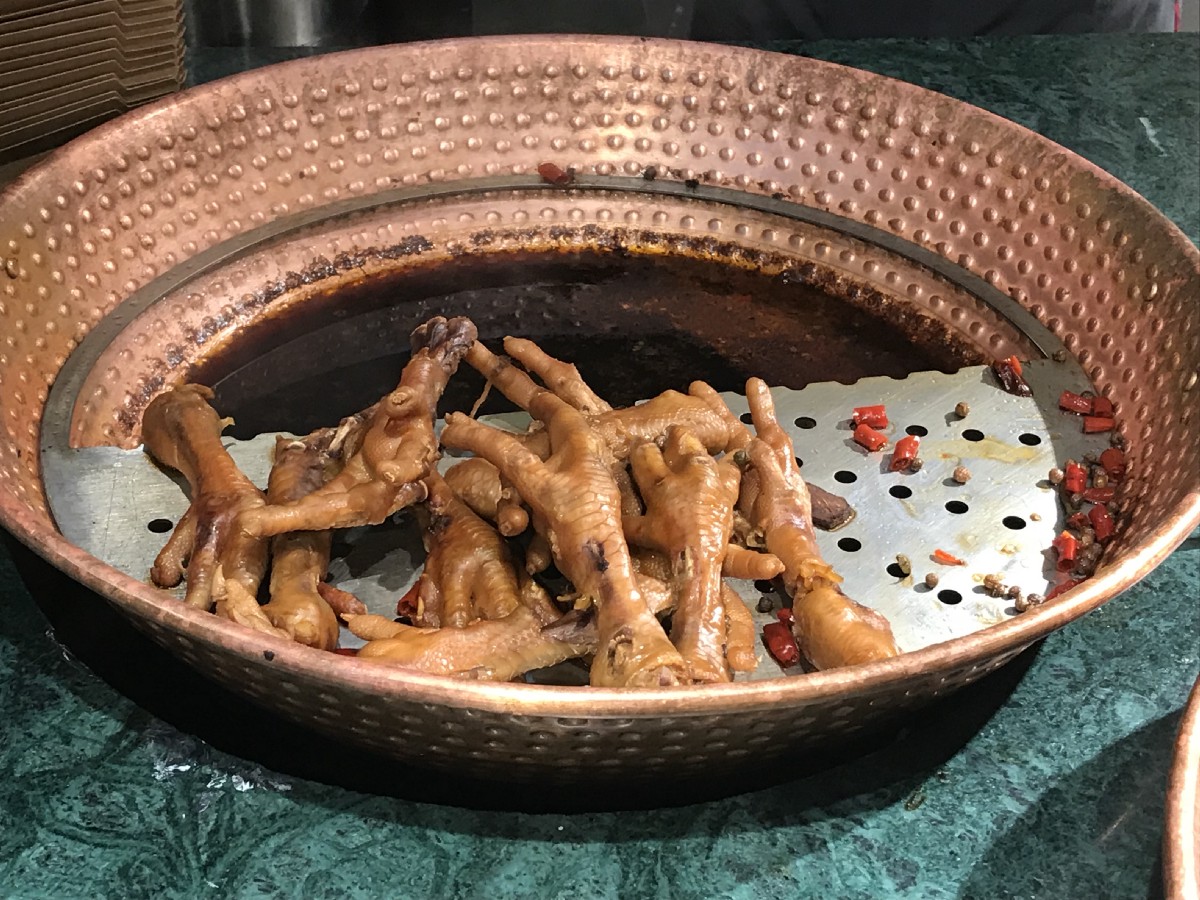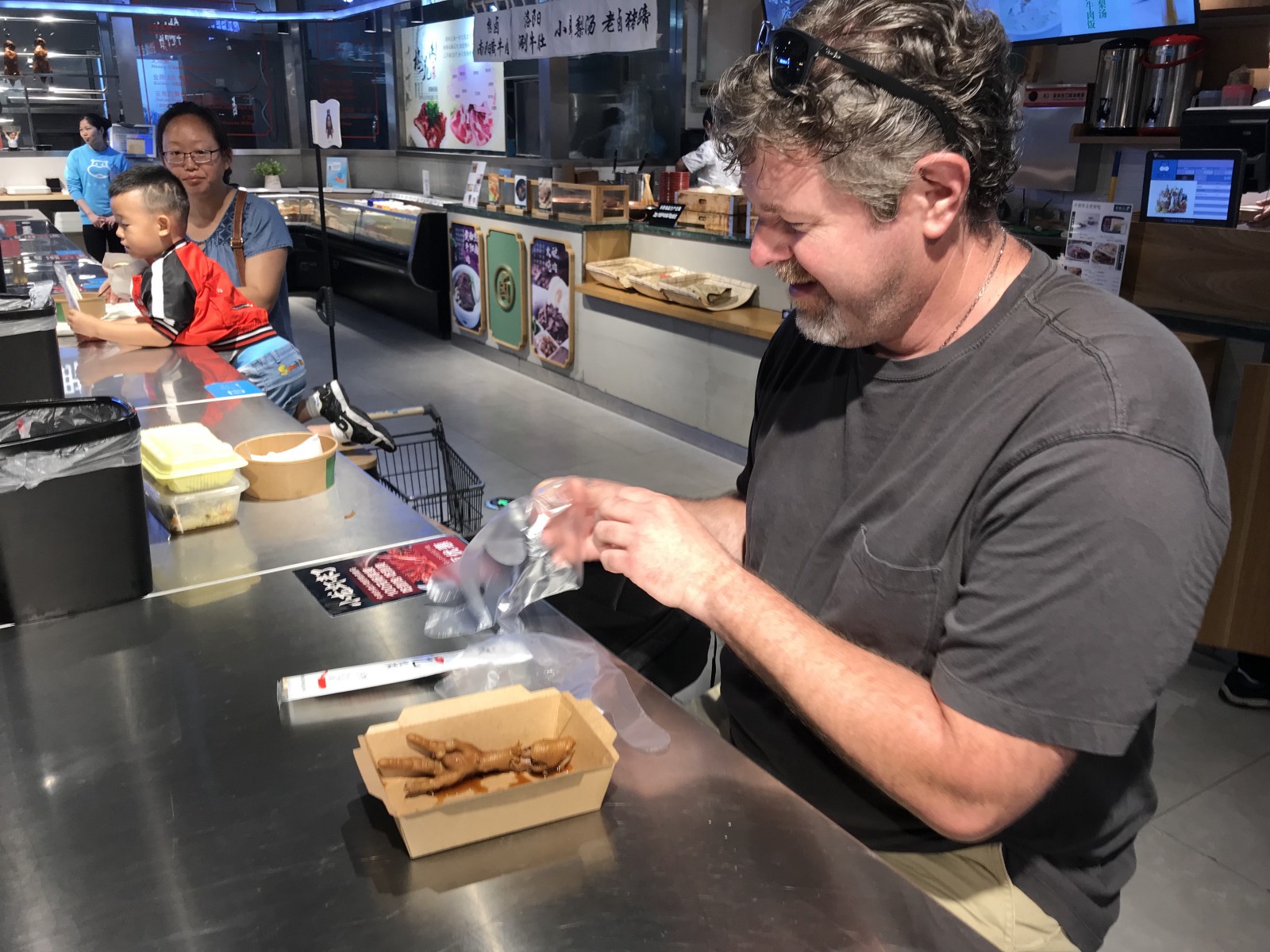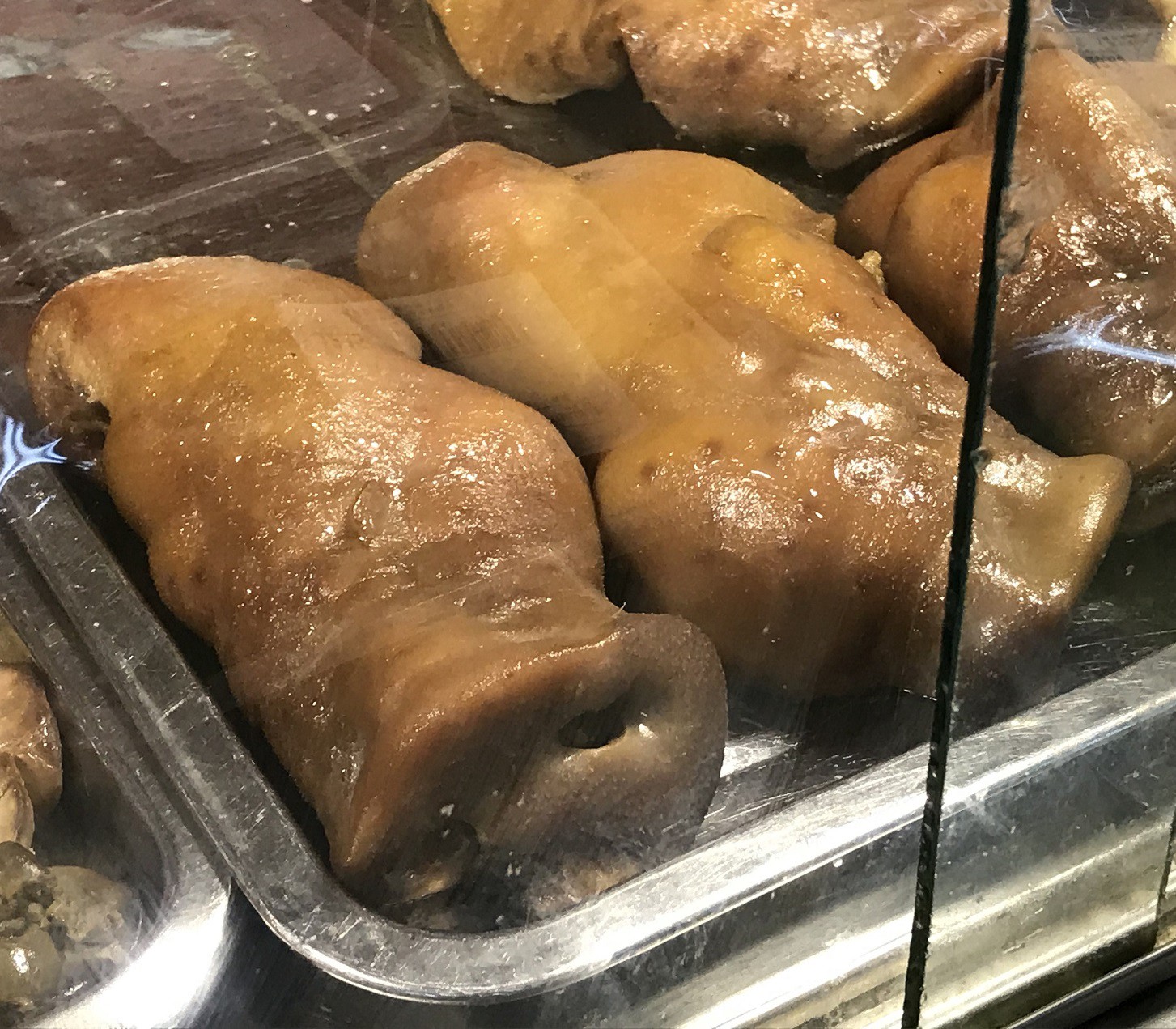Over the weekend I had some initial thoughts on the impact of COVID. For the most part, the degree to which any change happens will depend on the duration of stay-at-home. However, here are Glimpses into where we could see impact, regardless of how much time passes.
New Collaborations
Think about the companies or people who have worked together under duress (e.g. Ford and GE Healthcare). New bonds are developed, processes crafted, methods observed and learnings created; likely shedding light on new possibilities.
Public Intimacy
When the pandemic slows and people return to their post COVID lives, I think there will be a yearning for being in public but, for many, a desire for an intimate way to do so. For public spaces, restaurants and the like, this could be different layouts, seating design and service options. What comes to mind are pods, closed booths or drive-up in car dining. These could start as temporary solutions that gain some ground. Private Karaoke rooms never looked so good.
Automation
Many businesses have had to make do with less. Others, such as grocers, have had to keep truckin’ through the storm. Leaders of these companies are undoubtedly going to reflect on where humans were necessary and where humans were a potential weakness and avoidable expense. I think we’ll see an acceleration of automation across airline, hospitality, retail and restaurant. And btw, a push for people to use their own devices versus in-store hardware.
Workers’ Rights
Services workers who worked through COVID will have a renewed sense of confidence but with mixed emotions. They’ll put up a bigger fight for rights and win in the near-term. But if they put up too much fuss, the effort to automate their jobs will only accelerate.
Remoteness
From voting to working, during the pandemic, we all realize we can do a lot of things without being in person. I think there will be an awareness that meeting remotely is entirely possible, plausible and sensible. And we will have to take a hard look at what happens in person and why. *And that virtual happy hours shouldn’t only happen in pandemics.
White-Collar Work Week
When companies and people realize they can do way more with less and in less time, the work week will become more fluid. It is ridiculous that our work (and schools) are built on a 100-year model. It’s time we evolve, we don’t drive Model-T’s still, do we?
Free-Range Kids
This thought was influenced by an article I came across in the New York Post. Many fortunate families with the means to give their kids some normalcy during this time will see their kids’ creativity and resilience grow much faster than it would in school. Those “free-range” kids will play more, have less structure and be forced into unfamiliar situations, both positive and challenging. We might also wonder what this would have looked liked before Xboxes, Switches and any other screens.
Travel
I believe we will see even less discovery and travel among Americans, especially to far away places. The travel that people do take will be to visit family and see other states, trusting they’ll be safer here than abroad. Over time, I hope that changes. America, now more than ever, needs a population who’ve experienced different cultures and peoples.
Revisiting Entrepreneurship
I was shocked to learn how little solvency U.S. small businesses have. This crisis will decimate many of them. While working for a large business isn’t always secure, as evident by the furloughs and layoffs, striking out on your own is not for the faint of heart. This crisis will dissuade people from starting businesses for a few years, well beyond the economic recovery.
Belief in Experts
It’s scary when you have a growing number of people claiming their personal opinions hold equal weight to the opinions of experts. While I think it’s an uphill battle, we will hopefully reverse the trend and show that there is such a thing as expertise and it should not be ignored.
Relevant Government
After seeing the way our Federal government is reacting and the wide differences among State and Local governments’ reactions, we will question the role of government more than ever. And the arguments on both sides will become more polarizing.
A Vision for America (even a Vision for the World)
I don’t think Simon Sinek was the first to ask about our Why. However, he was the first to put it on our radars with such clarity and achieve unprecedented reach. Suddenly, looking for purpose went deeper than a typical branding exercise. I think very soon, the younger generations will start to ask themselves and each other about America’s “Why”. We’ve never seen a long-term plan, we’ve never understood our mission, we don’t really get our “Why”. The same people wanting to buy brands with strong Why’s will soon seek that from America. We already hear the rumblings, it will only increase as time goes on and the impact of this pandemic imprints itself on our psyche.
Thanks for reading. Feel free to reach out to discuss, debate or comment by emailing me: [email protected]

